
Chinese central state-owned enterprises (SOEs) upsize their tasks for addressing overcapacity in 2017 after annual tasks for removing overcapacity of iron & steel and coal were over-fulfilled last year. Journalist of the Economic Information Daily learnt that multiple central SOEs have set goals and made specific plans for the removal of overcapacity. Excessive capacity of 5.95 million tons in the iron & steel industry and 24.73 million tons in the coal industry will be cut this year. Meanwhile, active efforts will be made in industries seeing overcapacity like non-ferrous metals, shipbuilding, refining and chemical, building materials and electricity.
“At present, central SOEs have worked out plans and specific schemes, and are all working hard on advancing them. In the meantime, merger & acquisition (M&A), reorganization and clearance of “zombie enterprises” are carried out to build healthier industrial chain”, an insider of a central SOE said. Of note, market-oriented exit mechanism promoting “survival of the fittest” will be piloted in industries with huge overcapacity like coal and iron & steel. Enterprises with excessive capacity that are unqualified for national standards on energy consumption, environmental protection, quality and safety and that suffer loss for very long time will be shut down or reorganized.
Reportedly, China Huaneng Group claimed that the company will cut a coal capacity of 9.14 million tons/year before end 2018, dispose 16 “zombie enterprises” and 4 enterprises in dire straits. The company will also shut down coal power units of 6.47 million kilowatts during the 13th five-year plan period.
China Poly Group Corporation released plan to strictly practice the state’s de-capacity policies for the coal industry, shut down useless coal mines, and realize strategic exit as soon as possible. The company will spend three years in completing the reorganization, integration and exit of 39 “zombie enterprises” and ensure a cut of loss over 50 percent.
China Southern Power Grid will strictly control from the source, reduce inefficient investment, cut capacity from the power side, strictly practice coal power policies, advance energy regulators to control the newly-added installed capacity of thermal power in five provinces in the south within 42.85 million kilowatts during the 13th five-year plan period. It is proposed to maintain a contribution rate of no less than 50 percent by power generated from non-fossil fuel from 2020.
Wuhan Iron and Steel (Group) Company proposes that with outdated capacity eliminated, the company will initiatively exit 3.19 million tons of ironmaking capacity and 4.42 million tons of steelmaking capacity.
2017 is a crucial year for deepening the supply-side structural reform. Multiple provinces have summarized their de-capacity work in 2016 and set clear goals for the de-capacity of iron & steel and coal industries and the clearance of “zombie enterprises” in 2017. Hebei province proposes to downsize steelmaking capacity, ironmaking capacity and coal capacity by 15.62 million tons, 16.24 million tons and 7.42 million tons, respectively, in 2017. Shanxi province proposes to exit coal capacity of around 20 million tons and iron & steel capacity of 1.7 million tons in 2017. In addition, Heilongjiang province, Jilin province, Liaoning province, Yunnan province and Inner Mongolia Autonomous Region all announced their de-capacity tasks in 2017.
“Most SOEs are engaged in traditional heavy industries. Enterprises are heavily tasked to stop loss, increase profit, cut excessive capacity and dispose “zombie enterprises”. Some enterprises are not so motivated to innovate and are not robust enough, and they are short of critical technologies with independent intellectual property and well-known brands”, a person in charge of a central SOE told the journalist. He added that take the iron & steel industry as an example, little effects are produced irrespective of the state’s frequent regulation on excessive capacity of the iron & steel industry in recent 10 years.
An industry expert remarked that centralized approval and the control of competition can hardly restrict excessive capacity. At present, most of the companies engaged in industries with excessive capacity are SOEs and contribute a lot to the finance of local governments, involving local fiscal revenue, employment, economic stability and etc. In the meantime, excessive capacity not only covers outdated capacity but also advanced capacity created by structural disordered development. These are all critical problems to be tackled by the supply-side structural reform now.
“Supply-side structural reform relies on SOEs reform, and the clearance of “zombie enterprises” enjoys top priority.” Li Jin, chief researcher with the China Enterprise Research Institute, told the journalist that fundamental and overall improvement of the allocation efficiency of state-owned capital from the supply side is undoubtedly a hard nut to crack as the SOEs reform advances further. It is also a road that must be taken to achieve new effectiveness in key areas and links.
In the eyes of many experts, the standards to judge the success of the SOEs reform in the future are that whether excessive capacity are effectively addressed, high leverage is obviously curbed, operation effectiveness is constantly improved and allocation efficiency of state-owned capital is greatly improved. It should not be simply understood as blind expansion of SOEs. Improvement of the efficiency and competitiveness of SOEs should be promoted throughout the SOEs reform. Analysts with China Merchants Securities point out that the de-capacity process of iron & steel and coal enterprises also brings sound opportunities to the transformation and upgrading of industries. In the capital market, M&A and reorganization can be applied to clear capacity. It is expected that the reform process of iron & steel and coal SOEs will greatly speed up.
Translated by Jennifer
















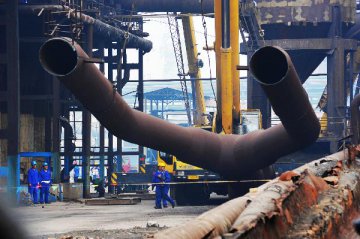
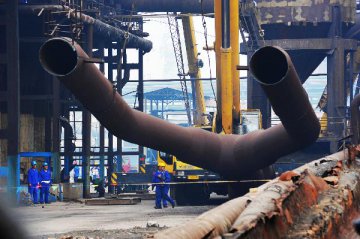
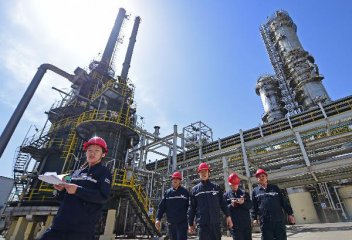
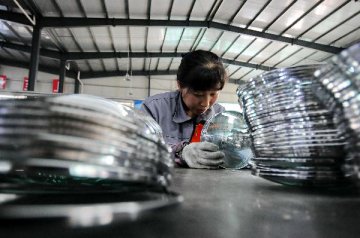
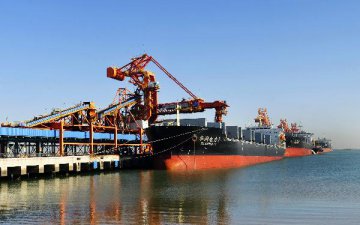


Latest comments